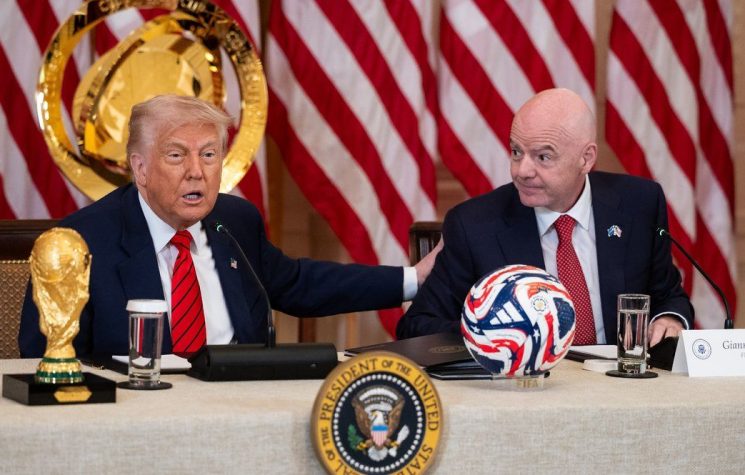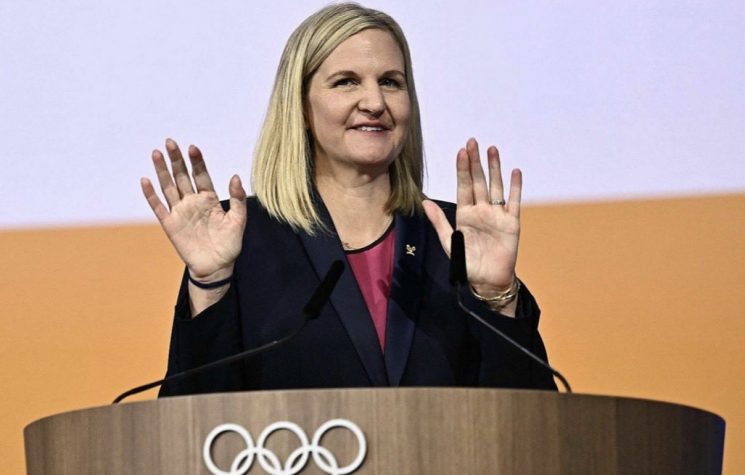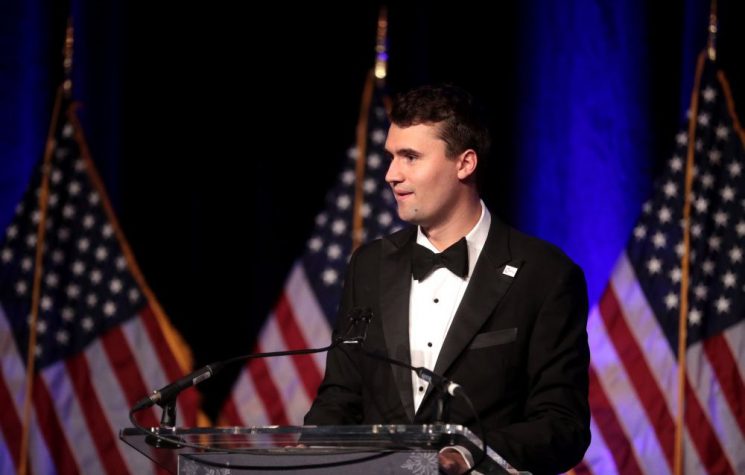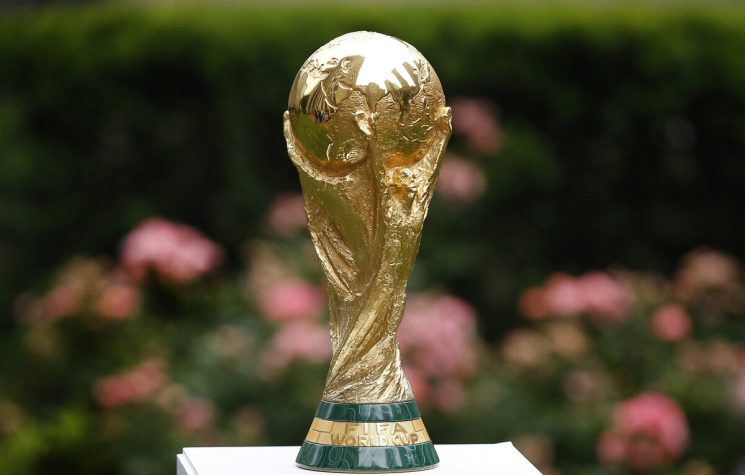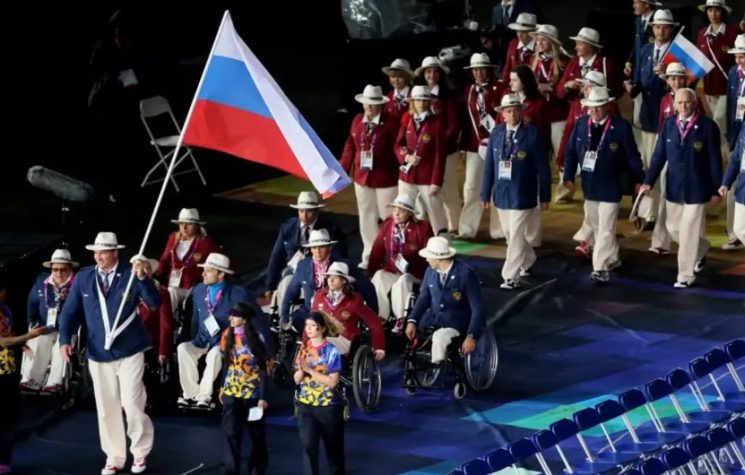It seems ridiculous to have to remind anyone of the obvious anatomical differences between males and females, but such is the state of the current world we live in.
Laurel Hubbard will go down in the history books at the Tokyo Olympics as the first transgender athlete to compete at the Games. But the consequences of this decision for female athletes and women in general will be devastating and long-lasting.
The day may be imminent when natural-born females are no longer represented on the Olympic medal podium as biological males start to make serious inroads into their sports.
Laurel Hubbard, 43, is among five weightlifters chosen to represent New Zealand in the Tokyo Olympics to compete in the women’s 87-kilogram category. As an aside, he is also the progeny of Dick Hubbard, the former liberal mayor of Auckland. The criticism and controversy that has greeted the news of the first transgender athlete to participate in the Games does not seem misplaced. First, Hubbard, whose inclusion won the approval of New Zealand Prime Minister Jacinda Ardern, will enjoy a competitive advantage over his contenders that has been scientifically proven to come with inborn male attributes.
It seems ridiculous to have to remind anyone of the obvious anatomical differences between males and females, but such is the state of the current world we live in.
According to one study, published by the British Journal of Sports Medicine, “trans women still had a 9% faster mean run speed after the 1 year period of testosterone suppression that is recommended by World Athletics for inclusion in women’s events.”
The developmental biologist Dr. Emma Hilton seconded this opinion.
“Males can run faster, jump longer, throw further and lift heavier than females,” Hilton confirmed in a 2019 discussion. “They outperform females by 10% on the running track to 30% when throwing various balls.”
Hilton went on to produce some sports trivia to support her claim: there are 9,000 males between 100m world record holders Usain Bolt and Florence Griffith Joyner, the fastest woman of all time; the current female 100m Olympic champion, Elaine Thompson, is slower than the 14 year old schoolboy record holder; under-15 boys squad beat the U.S. Women’s National Team in a scrimmage.
And so on.
Those raw statistics are not meant to diminish, of course, the tremendous achievements made by female athletes. Rather, they are meant to demonstrate the very definite boundary that exists – or should exist – between male and female contenders. In fact, the physical differences between the sexes could actually come down to a matter of life and death. Already blood has been spilt.
TWEET: https://twitter.com/TartantuesdayI/status/1149253490750836737
Consider, for example, the 2014 Mixed Martial Arts contest between Fallon Fox and Tamikka Brents. Fox, the first transgender fighter in MMA history, subjected Brents to a violent beating that resulted in a fractured skull and concussion. How long before a female athlete suffers serious injury – possibly even death – at the hands of a transgender woman on the field of dreams?
As worrisome as that possibility may be, the real issue for female athletes is that these biological males are simply seen as interlopers trespassing on their territory, disqualifying them from the right to perform. Just ask Kuinini ‘Nini’ Manumua, 21, the woman who was deprived of making the Kiwi team due to the inclusion of Hubbard, who lived 35 years as a male before transitioning. As for Manumua, it would have been her first Olympics.
This is Kuinini ‘Nini’ Manumua, the woman who was ultimately displaced by inclusion of Laurel Hubbard.
She’s 21, and it would have been her first Olympics. pic.twitter.com/l8RH0q0njz
— Emma Hilton (@FondOfBeetles) June 21, 2021
Criticism on the decision to include Hubbard on the New Zealand team has been fierce. Belgian weightlifter Anna Vanbellinghen said that allowing Hubbard to compete at Tokyo was unfair to female athletes, calling it “a bad joke.”
New Zealander Daniel Leo, a former professional rugby player turned CEO, remarked in a tweet that the decision to include Hubbard “tarnishes [New Zealand’s] reputation BIG TIME.”
Meanwhile, the British advocacy group, Fair Play for Women, slammed the IOC’s policy as “blatantly unfair.”
“The IOC stated in its 2015 transgender guidelines that the overriding sporting objective is, and remains, the guarantee of fair competition,” remarked Nicola Williams, FPFW director. “But its current rules are blatantly unfair to women, and to trans gender women, who both want to play by rules which are fair to everybody.”
In the United States, meanwhile, resistance to the madness has taken root. A number of state legislatures are opposed to the idea of permitting transgender women to play sports alongside women. Alabama, Arkansas, Georgia, Idaho, Indiana, Iowa and Kentucky, for example, are just some of the states that have passed legislation strictly forbidding the participation of biological males in female sports unless they have undergone full reassessment surgery and taken the relative hormones.
Louisiana law, by way of example, states that the student-athlete is eligible to compete in the reassigned gender when, among other procedures, “surgical anatomical changes have been completed, including external genitalia changes and gonadectomy.” They even demand that “legal recognition of the sex reassignment has been conferred with all the proper governmental agencies (Driver’s license, voter registration, etc.).”
Meanwhile, in ultra-liberal states, like California, Connecticut and Colorado, public schools are prohibited from discriminating on the basis of gender identity and gender expression. Now with Biden’s executive order on gender identity and sexual orientation in effect, schools are even legally required to let transgender females use the bathroom and changing facilities that match their gender identity, thereby invading the privacy of female students both on the field and in the locker room.
Clearly, what needs to happen in order to ensure fairness and safety on the playing field (and in the locker room) is for more professional athletes to speak out on this alarming trend. One such brave woman is Czech-born American tennis star, Martina Navratilova, who is among a group of female athletes that launched the Women’s Sports Policy Working Group, which operates according to the idea that “if sports were not sex-segregated, female athletes would rarely be seen in finals or on victory podiums.”
The 18-time winner of the Grand Slam title opposed a situation where “trans men and women, just based on their self-id, would be able to compete with no mitigation … that clearly would not be a level playing field.”
Unfortunately, it appears that the IOC, by permitting Laurel Hubbard the right to compete alongside biological females, has taken a radically different view and approach on the matter, and this decision has all the potential to set back women sports by decades, if not make it altogether redundant.
Speak up now, ladies, or forever forfeit your rightful place on the Olympic podium.








